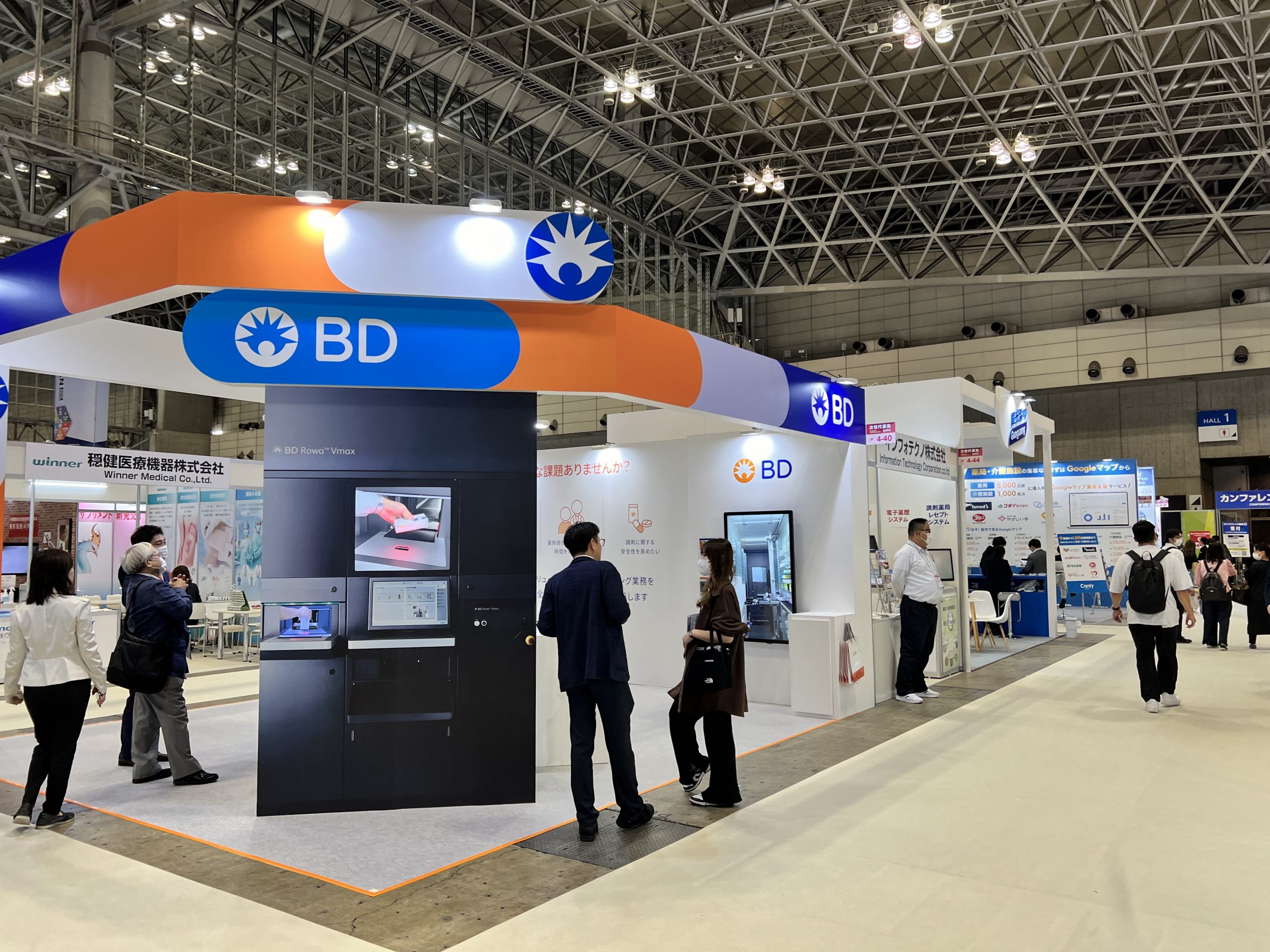This section of our blog is dedicated to provide readers with thorough guidance on product commercialisation.
We will discuss a useful advice on a different step of the product development process every month.
You can also find these guidance in the corresponding issue of our newsletter for the month.

Product Reached Customers!
How do you actually know that your product reached the customers?
July 2018
Distribution records – how do you create distribution records? By agreeing with the distributor/dealer/direct office to maintain these records, isn’t that obvious?
No, and that is the issue.
Many companies leave this important aspect out in the eagerness to launch the product in the marketplace, or actually have the traceability system in place, but didn’t actually implement it in the field.
What is the impact of not doing it?
Products cannot be effectively tracked, uncertainty of where the source of a product complaint (or product compliment) may come from, unable to determine an accurate range of affected products during product recall… potentially recalling a large range of products (just to be on the safe side).
Always agree with the distribution channel on the correct and required granularity of traceability for your product, including accessories, spares, consumables, software versions. And document this in the written agreement.
TopoCryl, a topical skin adhesive, contain cyanoacrylate monomers in purest form and are supplied as a single use medical devices that are very effective in closing wounds, cuts and lacerations and acting like a protective barrier. TopoCryl is supplied in a patented delivery system enabling quick and easy application of the adhesive to the wound.
I seriously wanted to purchase this (unfortunately not yet approved for sale in Singapore), because I get these cuts and all that and Jagan said it could close up a 5-inch wound! If I had this then when i cut my shin 2 years ago …
The team had good traction during the exhibition, and hopefully it can make it to the market.
Regulatory Approvals
Should you or should you not get a license holding?
May 2018
What is License Holding?
It is an authorised representative of the product from the foreign manufacturer deals with the regulatory authority of the country on behalf of the foreign manufacturer.
The distributor concentrates on import, storage, distribution, sales and marketing of the product for the manufacturer.
What are the various scenarios and when is license holding considered the best strategy?
- If there is uncertainty in the market and uncertainty in the credibility of distributor.
- Your choice of distributors and their ability to control sub-distribution for larger countries.
- Who are the users of product and their extent of spread in the country.
- If business opportunities available are high or uncertain.
The business partner and local government are key issues.
Due Diligence
DUE DILIGENCE – How should you do it?
June 2018
Most of the time in the industry today, a ‘due diligence’ is perhaps a track record check, pricing discussions, delivery times, a visit with a lunch or dinner to say hi, and sometimes even without a written agreement!

Looking at the image above, you’ll see many functions listed. That’s generally all the functions in an organisation.
But what does it have anything to do with business due diligence?
The answer: You have to have sufficient expertise to check all these functions to the right level to have a comprehensive idea.
Why must business due diligence need to be that comprehensive?
Most due diligence efforts involve legal, finance, procurement, quality, or commercial teams. Operating in an integrating fashion is rare. The times in which we typically require such top-to-bottom approach is during acquisition exercises but acquisition activities are very penetrating and if you’re just having an intention to partner, it may make the prospective partner very uncomfortable asking to an appropriate level very important.
Most organisations don’t have this comprehensive expertise, so the first step to start is to recognise this is the single most important reason why market entry often fails, and that is because of the failure with the first business partner.
Ready for manufacture
How to prevent R&D from throwing DFM and Design Transfer over the wall
March 2018
“Design for Manufacturing” and “Design Transfer” are often seen as ‘do it later’ or the imfamous line – ‘throw it over the wall’.
Ever wondered why it happened? This often happens in startups for a fairly predictable reason – are they for the long haul or looking to exit?
With this uncertainty there’s perhaps reluctance to focus on manufacturing, and the preference is always to outsource in larger companies and SMEs the issue is more because of the usual ‘silo- ed’ behaviour in various departments.
Therefore, right in the beginning of the project of a new product or a design change:
- form a multi-disciplinary team as your project team
- involve production right from the start
- process design is just as important as product design
- consult purchasing to prevent selecting too many suppliers
- resist from trying to ‘test everything in production
Design the problem out even if it takes more engineering effort.
Design and Development
Garbage-In, Garbage-Out
February 2018
If I were to pick any one of the phases in design and development to be the most important of all – it has to be Design Input.
All of your:
- marketing history, market studies
- key market insights, opinions
- user stories, user scenarios
- complaints, product recall history
- technological advances and many more
…form your design input and drives key deliverables, such as your intended use, which drives your device classification, clinical activities, standards compliance, and so on and so forth.
So make design input something all functions take part in, for a better, safer product.
Going-to-market
Go-To-Market Strategy
April 2018
We always stressed that a proper Go-to-Market strategy for healthcare involves the integration of the 5 key elements:
- Market Segment
- Reimbursement
- Regulatory Pathway
- Intellectual Property
- Clinical Activities
A Go-to-market strategy follows the same methodology as the ‘path of least resistance’
“Resistance” – defined as the summation of:
- Time
- Cost (including opportunity cost)
- Organisational effort
Many Go-to-Market strategies fail because of the lack of integrated considerations of all factors involved. For example:
- Change in intended clinical workflow -> Change in intended use -> change in device classification -> change in regulatory pathway
- Change in intended use -> change in market segment -> change in reimbursement
- Change in technology -> change in IP filing strategy -> change in market segment, device classification -> change in regulatory strategy
So, although its not as straightforward, as long as there is the right expertise who has the comprehensive skillset and not a “tunnel-vision” approach, there can be a reasonable chance you’d get a predictable answer.
Prototype
Which comes first?
December 2017
Almost every designer will say “let’s get it to work first, then worry about looking nice”.
And indeed, ‘getting it to work’ may mean 2 sensors, and a hand-soldered board. Or just a wireframe and a few mods of an open-source algorithm. We need the tech to work first. However, sometimes it’s more than just about “wanting to look nicer”.
Usability and manufacturability should already be considered way ahead once the raw technology has been proven to work, because ultimately the product needs to be manufactured and is at the hands of the end user. Failure to consider them early enough could mean backtracking, redesign, and more critically, spending more time and resource which hampers your race to market launch.
Quality Management Systems
Templates – to use or not to use?
January 2018
Everyone perhaps will feel that using templates to establish your Quality Management System is a quick a fuss free way. It does help to some extent to ensure things are not missed out. However, using templates can mean that the orgnisation is ‘pigeon holed’ to a way of working that may or may not be suitable for the organisation – because every organisation is unique.
What can be templated?
Document headings formatting that helps to ensure the required content is there e.g. authority/responsibility matrix, indicating links to related procedures/records etc.
What cannot be templated?
The actual content – because this is unique for every organisation and its available resources
Layout, presentation and platform (online, paper, phone etc) – because different organisations havedifferent ways to ensure effective consumption and accessibilty of the quality system
The total number of documents – same reason as above.
But, templates meant for execution of activities such as validation protocols/reports, risk analyses etc. are encouraged.
Concept
“Need for Tech”, or “Tech for Need”?
November 2017
How do you develop a strong Unique Value Proposition for your innovation?
It may seem obvious that one would prefer ‘Need for Tech’. But more often, we are faced with tech and not exactly sure what to do with it. The pressure for needs-based research mounts, looking more closely into the commercialisation potential of the invention.
It’s not the Tech that satisfies the Need – it is the Solution
A solution consists of the process, players, and technology.
- Where and how does your solution (not your tech) resolve the need?
- Is this the right tech for the solution?
- Does the tech and/or solution cause any negative impact to the need?
When you can answer these questions, you would have a much better conversation with your funding agencies and investors.





